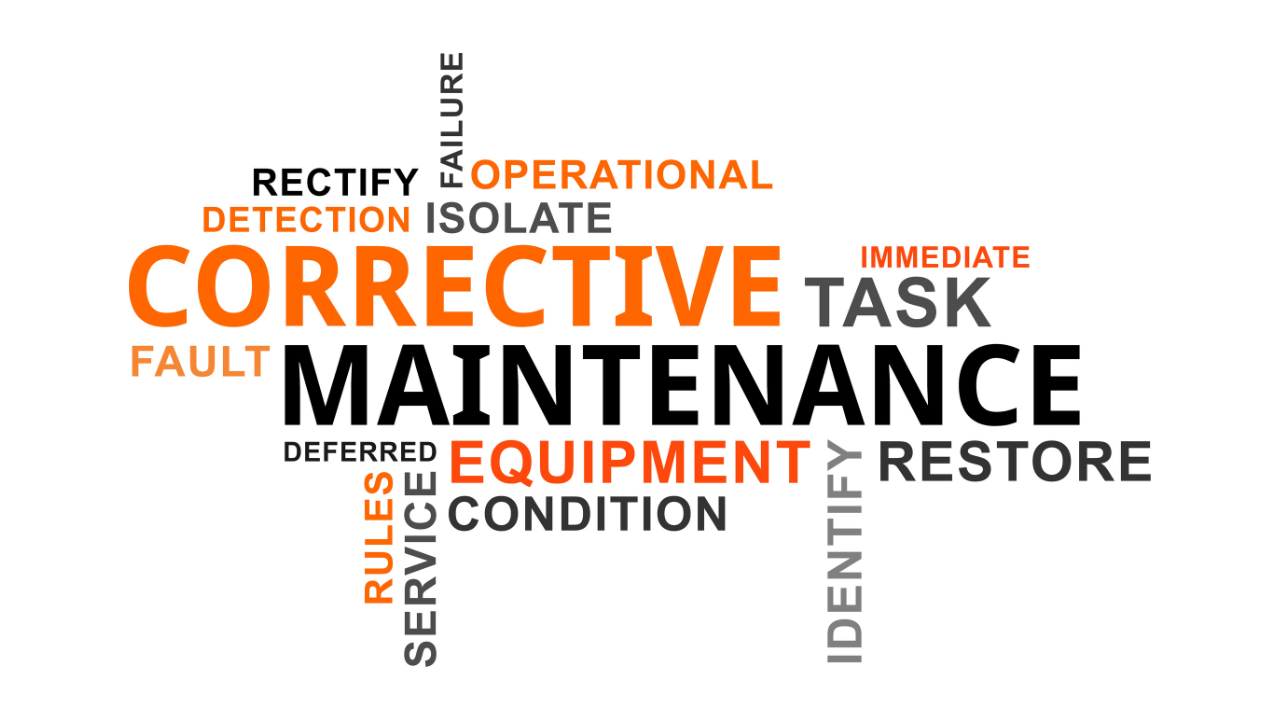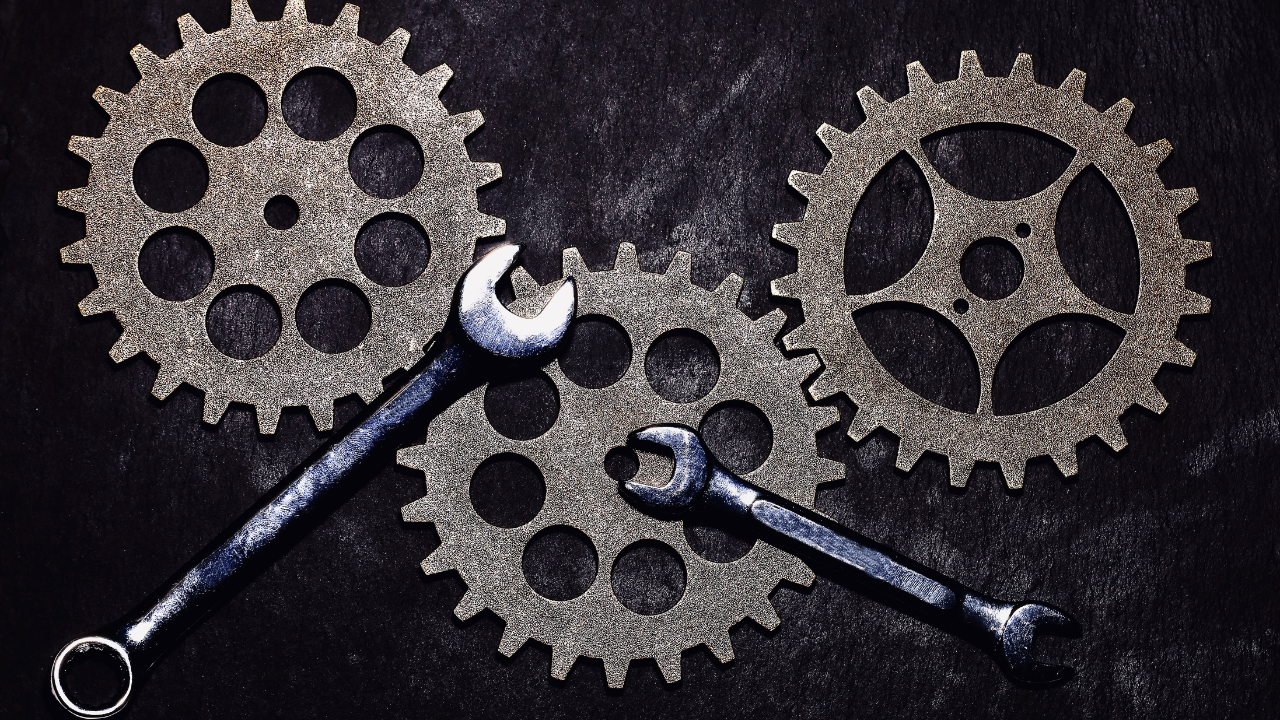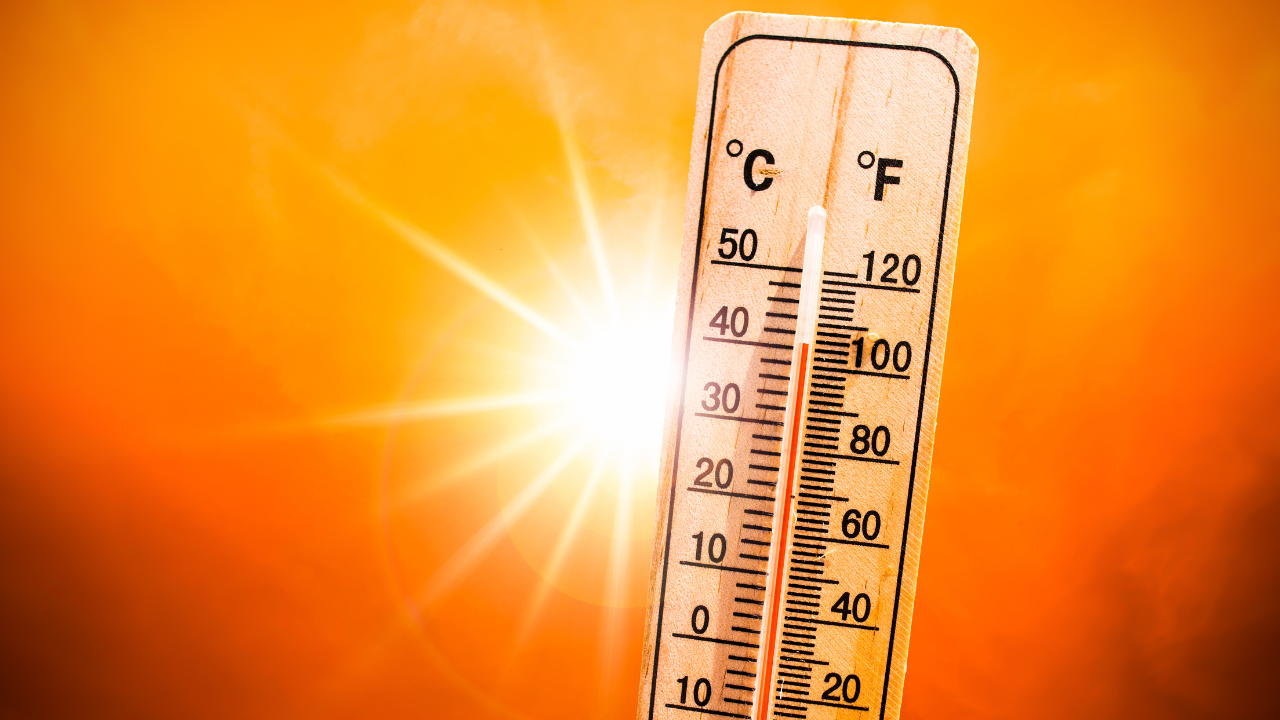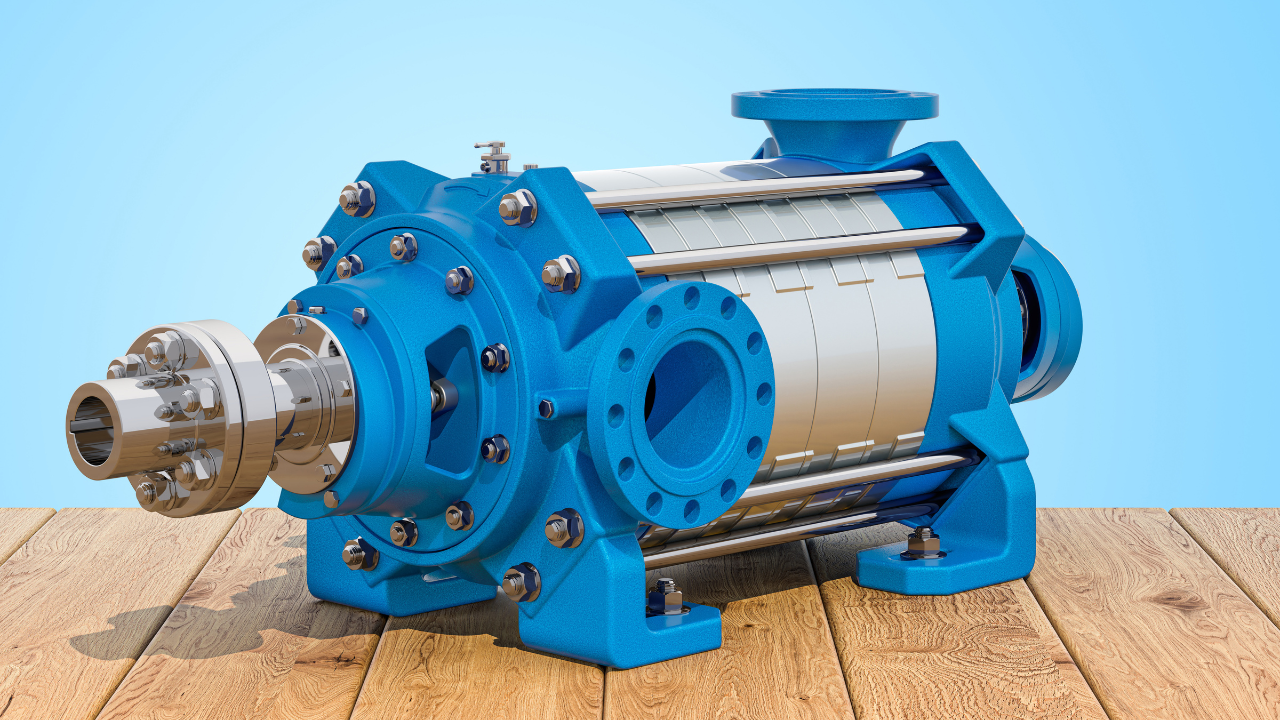Troubleshooting Hydraulics
http://myweb.tiscali.co.uk
Personnel should follow a system when troubleshooting hydraulics. The following shows the STOP system:
- Study the circuit diagrams.
- Test by using a reliable tester.
- Organize the knowledge gained from the circuit-test results.
- Perform repairs, taking time to do the job well.
a. Causes of Improper Operations. If improper operation does occur, the cause can generally be traced to one of the following:
- Use of the wrong oil viscosity or type.
- Insufficient fluid in the system.
- Presence of air in the system.
- Mechanical damage or structural failure.
- Internal or external leakage.
- Dirt, decomposed packing, water, sludge, rust, and other foreign matter in the system.
- Improper adjustments.
- Heat exchanger that is plugged, dirty, or leaking.
b. Testing a Hydraulic Circuit. To test complete or individual parts of a hydraulic circuit, use a hydraulic circuit tester (see paragraph 2-8). The best tester to use is a compact portable unit that can check flow, pressure, and temperature.
c. Comparing Test Results with Specifications. Hydraulic-powered systems are power-transmission systems. The only purpose of the components and the circuit is the controlled transfer of power from the motor shaft to the point of effective work.
where- HP = hydraulic horsepower f = flow, in GPM p = pressure, in psi
By measuring those two factors at the same time, it is possible to read the effective output at any point. Comparing test results with specifications will give the necessary fault-finding facts.
d. Slippage. All hydraulic systems have some slippage (see paragraph 3-4, page, Chapter 3) even when new. As wear increases, slippage at wear points increases, causing a decrease in GPM. However, system pressure is maintained. In time, wear can be so great that all flow is lost. Only at a complete breakdown will a pressure gauge show where the trouble is. Conducting a flow, pressure, and temperature (FPT) test would have indicated such a problem and avoided a complete breakdown. NOTE: At low oil temperature and low pressure (or light loads) the machine will continue to operate but at less speed.
e. Flow and Pressure. Always test flow and pressure together. Connect a hydraulic tester into the hydraulic circuit at various points to isolate and check components (pumps, valves, or cylinders) for efficiency. Figure 6-26 shows a hydraulic tester, connected to the pump’s output, checking the flow at various pressures that, in turn, checks the pump’s performance against the recommended specification. When isolating and testing individual components with a hydraulic tester, direct the return fluid to the reservoir. If the fluid returns to the reservoir through the system’s piping, you will not get a correct reading because of buildup of back pressure.
Test the whole circuit as described, and then isolate portions and test for a complete analysis of the system. If a test on a full circuit indicates a malfunction, isolate a portion and test the remaining portions until you find the malfunctioning part. Generally, cylinders will fail first. Packing will wear because of friction and loading against the cylinder walls. Therefore, isolate the cylinders first. If test results indicate that the circuit is operating properly, the cylinders have a problem. During testing, determine the setting and condition of the relief valve. If further tests are necessary, isolate the directional-control valve to check the pump’s efficiency and inlet hose.
f. Other Conditions. Other problems could occur that are not directly related to nor caused by the various parts of the hydraulic system. These problems could show the same general malfunctions of an improperly operating system. Examples are leaking hose, packing glands, and seals, which would be visually evident; a bind in the directional-control valve or the cylinder’s piston rod; a dented or deformed hydraulic cylinder; or a crimped or restricted pressure line, which would be harder to detect.
g. Specific Troubles, Causes, and Solutions. Tables 6-1 through 6-5, pages 6-17 through 6-21 list some possible problems and solutions in a hydraulic system.
Related Articles

Keys for Effective Troubleshooting

Corrective Maintenance Task Generation

Availability in a Supply Constrained Environment is the #1 Issue for Refinery Executives

Weibull Point Process Applied to Repairable Subsystems

Energy Savings Through Pump Refurbishment and Coatings

Causes of Overheating in Cartridge Mechanical Seals





